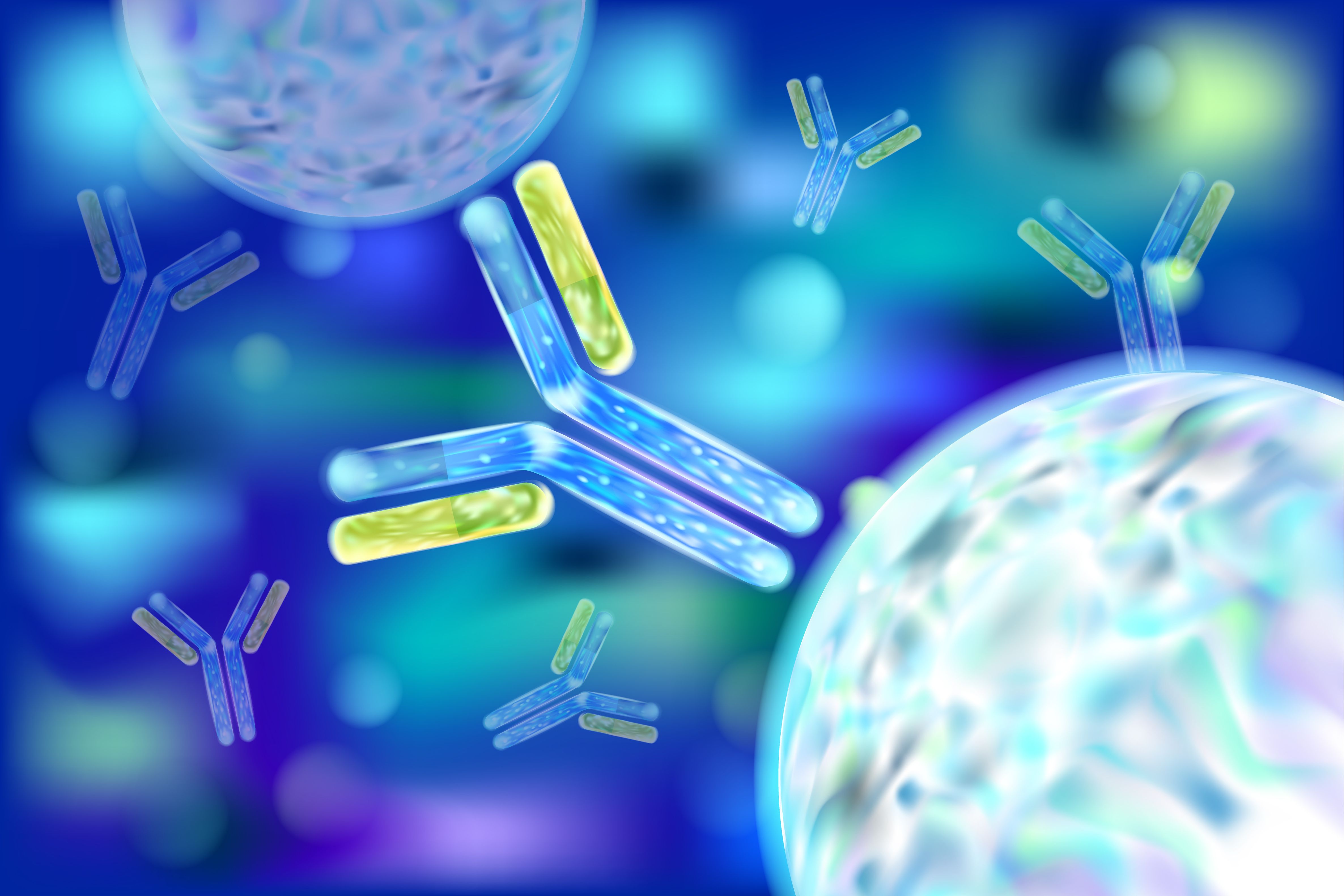Article
New Technique Allows for Less Chemotherapy Without Loss of Efficacy in Lung Cancer
Author(s):
Use of exomes shield lung cancer drug from immune system defenses.
A new technique allowed researchers to use 50 times less the amount of a chemotherapy drug while still killing lung cancer cells.
Paclitaxel is a drug used as a first- or second-line treatment option for breast, lung, and pancreatic cancers. Paclitaxel, like most chemotherapy drugs, have difficult side effects such as hair loss and muscle and joint pain.
In a study published in Nanomedicine: Nanotechnology, Biology and Medicine by the University of North Carolina at Chapel Hill, researchers looked at exomes, which are tiny spheres harvested from white blood cells that protect the body against infection. Since the spheres are made of the same material as cell membranes, the patient’s body doesn’t register them as being foreign.
These bubbles were able to shield the chemotherapy from the body's immune defenses to deliver the entire drug load to the tumor.
In a treatment that researchers called exoPXT, they took exosomes from mice and loaded them with paclitaxel and tested this against different drug-resistant cancer cells in a petri dish.
"Exosomes are engineered by nature to be the perfect delivery vehicles," said lead researcher Elena Batrakova, PhD. "By using exosomes from white blood cells, we wrap the medicine in an invisibility cloak that hides it from the immune system. We don't know exactly how they do it, but the exosomes swarm the cancer cells, completely bypassing any drug resistance they may have and delivering their payload."
The results of the study showed that they needed 50 times less exoPXT to get similar cancer-killing results as formulations of the drug currently being used, such as Taxol.
Researchers infused exosomes with a dye that tracked its progress through the lungs, which showed the exosomes effectively sought out and marked cancer cells, which makes the technique an effective therapeutic and diagnostic tool.
"Accurately mapping the extent of tumors in the lungs is one of the biggest challenges in treating lung-cancer patients," Batrakova said. "Our results show how powerful exosomes can be as both a therapeutic and a diagnostic."






